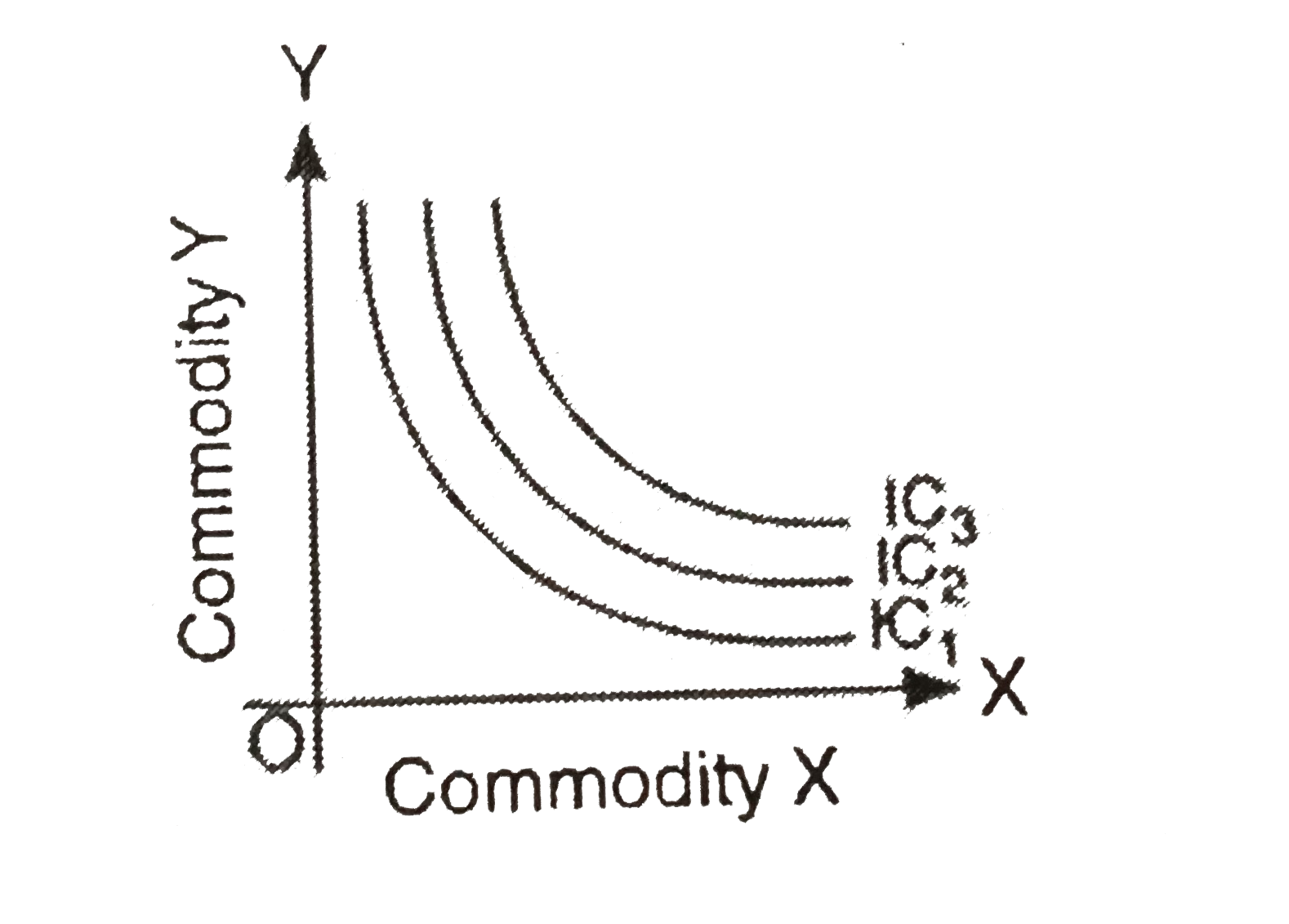An Indifference Curve represents all those combinations of two goods which give:
No satisfaction to the Consumer
Lower satisfaction to the Consumer
Higher satisfaction to the consumer
Equal satisfaction to the Consumer
The correct Answer is:D
Step by step video, text & image solution for An Indifference Curve represents all those combinations of two goods which give: by Economics experts to help you in doubts & scoring excellent marks in Class 11 exams.
Updated on:21/07/2023Topper's Solved these Questions
Similar Questions
Consider the following statements about indifference curves :
1. Indifference curves are convex to the origin.
2. Higher indifference curve represents higher level of satisfaction.
3. Two indifference curves cut each other
Which of the statements given above is/are correct?
View SolutionA consumer consumes only two goods. Why is the consumer said to be in equilibrium when he buy only that combination of the two goods Which lies at that point on the Indifference curve where the budget line is tangent to the indifference curve? Explain. Use diagram.
View Solution
Knowledge Check
Which Indifference Curve represents the highest level of satisfaction ?
 AIC1BIC2CIC3DNone of these
AIC1BIC2CIC3DNone of theseAn indifference curve is best described as a series of points which show:
ACombination of two commodities which give the consumer same satisfactionBCombinations of two goods, such that cost of each combination is equal to money income of the consumerCCombinations of the two goods which a consumer can afford, given his income and prices in the marketDNone of these
Higher indifference curve represents higher level of satisfaction to the consumer. State the underlying assumption related to this property of indifference curve.
View SolutionIdentify which of the following is not true for the Indifference Curves. Give valid reasons for choice of your answer.
(a) Lower indifference curve represents lower level of satisfaction
(b) Two regular convex to origin indifference curves can intersect each other.
(c) Indifference curve must be convex to origin at the point of tangency with the budget line at the consumer's equilibrium. ltbr> (d) Indifference curves are drawn under the ordinal approach to consumer equilibrium
View SolutionHigher indifference curve represents higher level of satisfaction to the consumer'. Explain The statement also state the underlying assumption related to this property of indifference curve
View SolutionHigher indifference curve represents higher level of satisfaction to the consumer'. Explain the statement, also state the underlying assumption related to this property of indifference curve.
View Solution(a) A consumer, Mr Aman is in state of equilibrium consuming two good X and Y, with given prices Px and Py. What will happen if MUx/Px>MUyPy?
(b) Identify which of the following is not true for the Indifference Curves theory. Give valid reasons for choice of you answer.
a. Lower indifference curve represents lower level of satisfaction.
b. Two indifference curves can intersect each other.
c. Indifference curve must be convex to origin at the point of tangency with the budge line at the consumer's equilibrium.
OR
A consumer has total money income of Rs 500 to be spent on two goods X and Y with prices of Rs 50 and Rs 10 per unit respectively. On the basis of the given information, answer the following question.
(a) Give the equation of the budget line for the consumer. ltrbgt (b) What is the value of slope of the budget line ?
(c) How many units can the consumer buy if he is to spend all his money income on good X?
(d) How does the budget line change if there is a 50% fall in price of good Y ?
View SolutionA consumer consumes only two goods X and Y both priced at Rs 3 per unit. If the consumer choose a combination of these two goods with Marginal Rate of Substitution equal to 3, is the consumer in equilibrium ? Give reason. What will a rational consumer do in this situation ? Explain ltrbgt OR
State and explain three properties of indifference curves.
View Solution